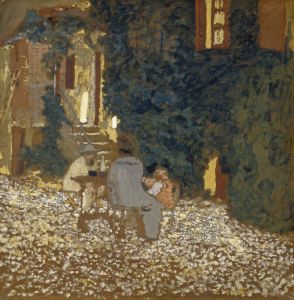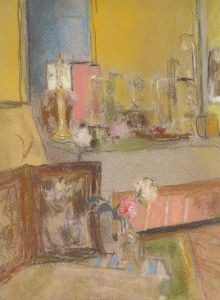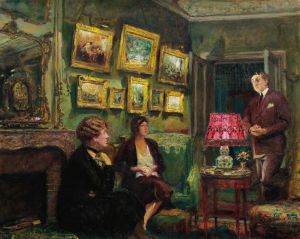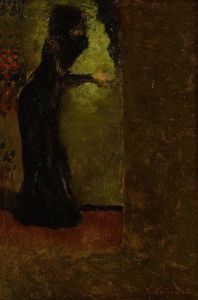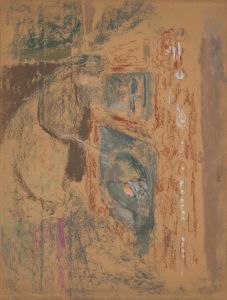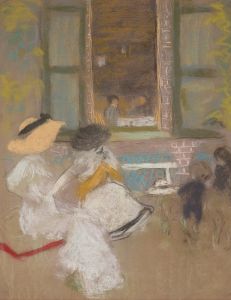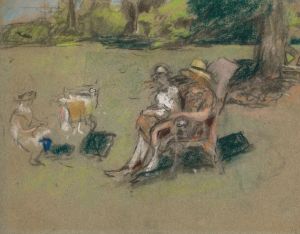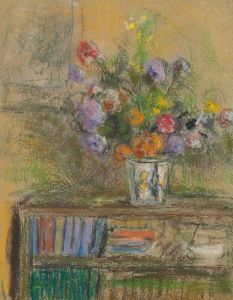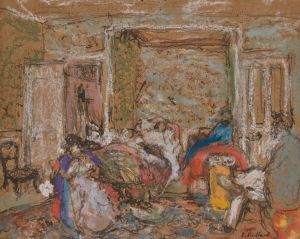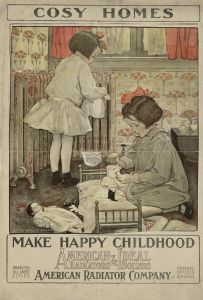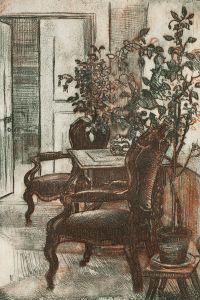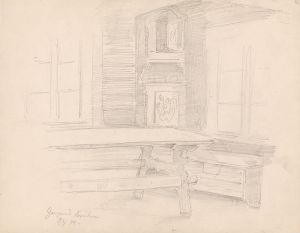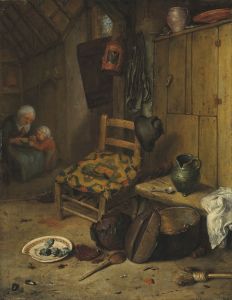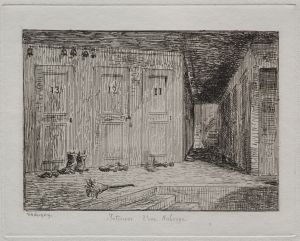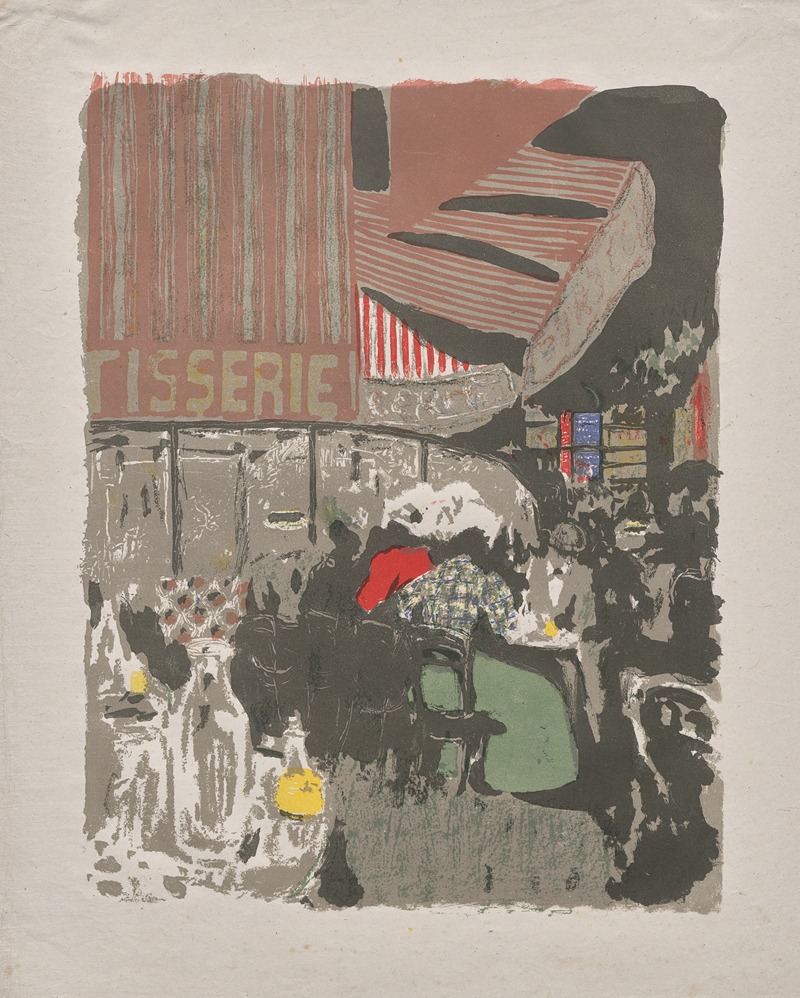
The Pastry Shop
A hand-painted replica of Édouard Vuillard’s masterpiece The Pastry Shop, meticulously crafted by professional artists to capture the true essence of the original. Each piece is created with museum-quality canvas and rare mineral pigments, carefully painted by experienced artists with delicate brushstrokes and rich, layered colors to perfectly recreate the texture of the original artwork. Unlike machine-printed reproductions, this hand-painted version brings the painting to life, infused with the artist’s emotions and skill in every stroke. Whether for personal collection or home decoration, it instantly elevates the artistic atmosphere of any space.
Édouard Vuillard's painting The Pastry Shop is a work by the French artist, who was a prominent member of the Nabi group, an avant-garde movement in the late 19th century. Vuillard is best known for his intimate interior scenes and depictions of everyday life, often characterized by their rich patterns, muted colors, and a sense of quiet observation.
The Pastry Shop (original French title: La Pâtisserie) was created in 1900. The painting captures a scene inside a pastry shop, with figures engaged in their daily routines. Vuillard's style in this work reflects his interest in the interplay of light, texture, and pattern, as well as his focus on the subtle interactions between people and their surroundings. The composition is notable for its use of flattened perspective and decorative elements, which were hallmarks of Vuillard's artistic approach.
The painting is part of Vuillard's broader exploration of urban life and domestic spaces, themes that were central to his oeuvre. His works often blur the line between fine art and decorative art, influenced by his early training and the aesthetic principles of the Nabis. In The Pastry Shop, Vuillard employs a muted color palette and intricate details to evoke the atmosphere of the shop, creating a sense of intimacy and immediacy.
Today, The Pastry Shop is housed in the National Gallery of Art in Washington, D.C., where it is part of the museum's collection of European paintings. The work is appreciated for its ability to convey the quiet charm of everyday life, as well as for its technical and stylistic innovations that reflect Vuillard's unique contribution to modern art.
This painting exemplifies Vuillard's ability to transform ordinary scenes into works of art that resonate with viewers on both an aesthetic and emotional level. It remains an important example of his artistic legacy and his role in the development of post-Impressionist and modern art movements.





